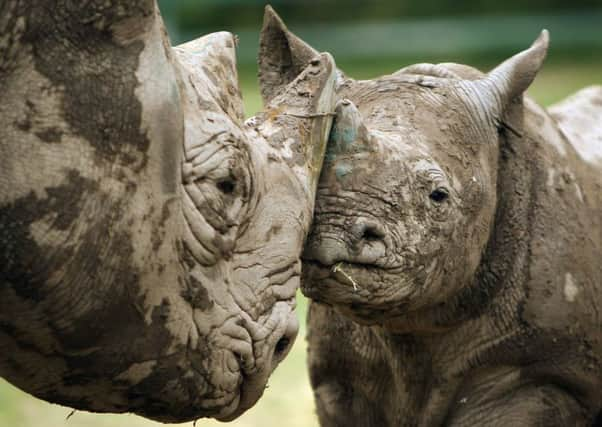Over-hunting pushing hundreds of mammal species near extinction


Hunting and trapping is said to be driving a global crisis that threatens the future of 301 species ranging from monkeys to bats. Their decline is having a significant environmental impact and undermining the food security of millions of people in Asia, Africa and South America, according to a global assessment by experts.
The authors sounded the warning after analysing data from the International Union for the Conservation of Nature (IUCN) Red List of threatened species. Both large and small animals, including wild ox, camels, pigs, fruit bats, rhinos, tapirs, deer, tree kangaroos, armadillos, pangolins, rodents and big cats were found to be at risk.
Advertisement
Hide AdAdvertisement
Hide AdHunting endangered 126 primates – which was more than any other species group – said the international team of researchers, including scientists at Stirling University, writing in the journal Royal Society Open Science.
Among the primates under threat were the lowland gorilla, chimpanzee, bonobo and many species of lemur and monkey.
Study leader Professor William Ripple, from Oregon State University in the US, said: “Our analysis is conservative. These 301 species are the worst cases of declining mammal populations for which hunting and trapping are clearly identified as a major threat. If data for a species were missing or inconclusive, we didn’t include it.
“Our goal is to raise awareness of this global crisis. Many of these animals are at the brink of extinction.
“The illegal smuggling in wildlife and wildlife products is run by dangerous international networks and ranks among trafficking in arms, human beings and drugs in terms of profits.”
People around the world depended on wild meat for part of their diet, the authors noted. An estimated 89,000 tonnes of bushmeat with a market value of about $200 million (about £163m) was harvested annually in the Brazilian Amazon region alone, while exploitation rates in the Congo basin were thought to be even higher.
Overhunting was mainly concentrated in countries with poor populations.
Large carnivores and herbivores – those heavier than 10kg – comprised a small percentage of the animals listed, but were hit more severely by overhunting, it was claimed.